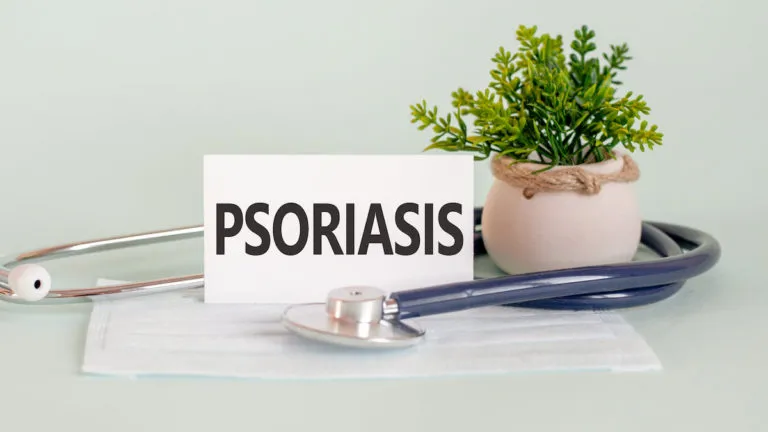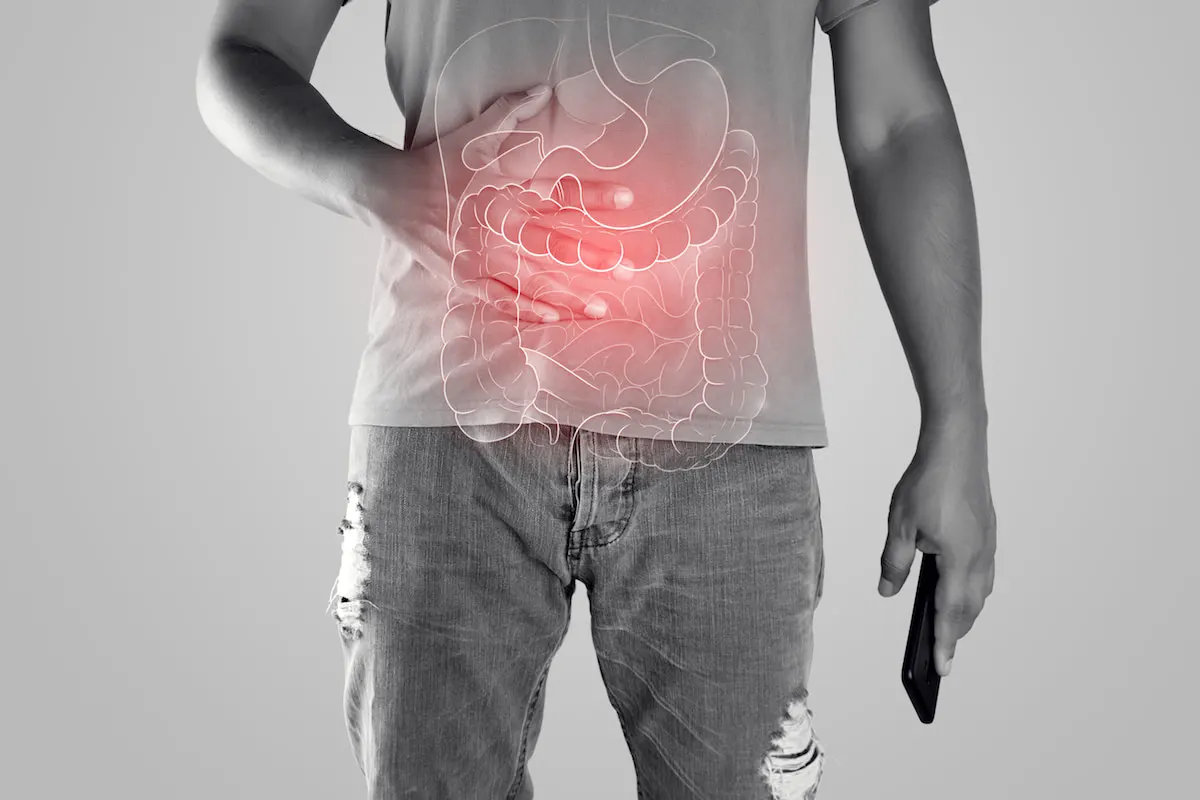Updated on 14. November 2021 from ÁYIO-Q Redaktion
Reading time: approx. 4 minutes
When it comes to arthritis pain, recognize that it’s your body that hurts: it’s your knees, your hands, your shoulder, or a dozen other joints. Understanding the role that emotional and mental state can play in your arthritis treatment plan will give you more tools for your self-healing toolbox.
Pain is influenced by various emotions:
- Psychological problems due to trauma
- Fatigue and exhaustion
- Mental stress
- Depression or other negative emotions
These factors influence each other in a process called the pain cycle: Pain can cause anger or worry, which ends in stress, which ends in fatigue, which ends in additional pain.
A number of recent studies have taken a closer look at the connection between pain and our minds. The prevalence rate of osteoarthritis was higher in major depression (67.8%). Depression does not cause osteoarthritis, of course, but the two conditions often occur together and lead to a deterioration of the physical and mental condition.
Emotions and physical diseases associated with osteoarthritis
Depression
The mental illness most commonly associated with arthritis is depression. A meta-analysis of studies of depression in people with osteoarthritis found a prevalence of about 16.8% for major depressive disorder, with substantial differences between studies attributed to differences in measurement methods.
Prevalence estimates may also be influenced by differences in the course and recurrence of depressive symptoms, clinically significant depressive symptoms (the results of a systematic review suggest that prevalence estimates range from 14% to 48%), but do not meet the full diagnostic criteria for major depressive disorder.
Fears
Anxiety disorders are common in patients with osteoarthritis, and some estimates suggest that anxiety symptoms are even more common than depression in individuals with osteoarthritis. One study found a 16% lifetime prevalence of hysteria disorder in osteoarthritis patients, and in an analysis of survey data, an estimated 11.2% of osteoarthritis patients reported panic attacks and 5.6% reported a diagnosis of generalized mental disorder, although the latter study did not distinguish between patients with osteoarthritis and patients with other types of osteoarthritis. Symptoms of hysteria are more common in individuals with osteoarthritis who have a comorbid major depressive disorder than in the general population of patients with osteoarthritis or age-matched healthy controls.
post-traumatic stress disorder
Post-traumatic stress disorder (PTSD) has been suggested as a risk factor for the development of osteoarthritis in adulthood, in addition to the results of familial and genetic factors. Specifically, PTSD may exacerbate osteoarthritis, as comorbid PTSD is associated with poor patient-related outcomes and increased number of painful joints in patients with osteoarthritis. However, there are few studies that have demonstrated an association between PTSD and osteoarthritis, and these have been conducted almost exclusively in veterans (in whom the incidence of PTSD is significantly higher than in the general population).
Schizophrenia
In contrast to the increased rates of mood disorders, individuals with osteoarthritis appear to have lower rates of schizophrenia compared to the general population. This is characterized by elevated levels of markers of immune cell activation, including the soluble IL-2 receptor and increased circulating levels of proinflammatory cytokines such as IL-6.34 Remarkably, individuals with schizophrenia are also found to have high blood concentrations of the IL-1 receptor antagonist, an anti-inflammatory cytokine that may have protective effects against osteoarthritis.
Stress
Stress may also be an important link between HPA axis abnormalities and psychological stress in osteoarthritis. Chronic activation of the sympathetic nervous system and impaired regulation of acute physiological responses to stress may make patients with osteoarthritis who experience stress particularly vulnerable to chronic inflammatory conditions.
Exhaustion
It significantly affects both quality of life and physical functioning. Furthermore, fatigue appears to have a complicated etiology involving pain intensity, disease activity of osteoarthritis, inflammatory processes (which could result in increased pain processing), and concurrent affective mood disorders, such as stress or depression.
Emotional state
Emotional health may also play a key role in osteoarthritis adjustment. Persistent mood problems in osteoarthritis patients, as described in the sections on depression and anxiety, predict increased pain intensity and decreased function Conversely, positive emotions appear to buffer the link between pain and negative emotions and are associated with decreased pain intensity, measured over subsequent days or weeks.
Bring body and mind to rest
There are several ways to “retrain” the brain. Cognitive behavioral therapy (CBT) teaches you to recognize and correct negative thinking patterns that affect how you feel about pain. Meditation, yoga, tai chi, acupuncture, ÁYIO-Q word therapy, ÁYIO-Q breathing exercises, and similar practices can help you free yourself from pain and stop focusing on it. Regular physical activity reduces depression and anxiety, relieves pain and improves mobility.
If you feel that your mood is not quite right, ask your healthcare provider or ÁYIO-Q Centre of Vitality which method is most suitable for you. Correcting the emotional state is elementary and increases the likelihood of healing. Among other things, ÁYIO-Q’s globally recognized health programs impart valuable knowledge that promotes physical and mental health.
Related articles: Osteoarthritis
- Osteoarthritis – clinical picture, causes and symptoms
- Osteoarthritis – Alternative treatment options
- Osteoarthritis – What medicinal plants, vitamins and minerals can help?
Sources:
[1] Sokka T, Krishnan E, Häkkinen A, Hannonen P. Functional disability in rheumatoid arthritis patients compared with a community population in Finland. Arthritis Rheum. 2003;48:59– 63. [PubMed]
[2] van’t Land H, et al. The association between arthritis and psychiatric disorders; results from a longitudinal population-based study. J Psychosom Res. 2010;68:187–193. [PubMed]
[3] Rupp I, et al. Poor and good health outcomes in rheumatoid arthritis: the role of comorbidity. JRheumatol. 2006;33:1488–1495. [PubMed]
[4] Löwe B, et al. Psychiatric comorbidity and work disability in patients with inflammatory rheumatic diseases. Psychosom Med. 2004;66:395–402. [PubMed]
[5] Lee YC, et al. The role of sleep problems in central pain processing in rheumatoid arthritis. Arthritis Rheum. 2013;65:59–68. [PMC free article] [PubMed]
[6] Covic T, et al. Depression and anxiety in patients with rheumatoid arthritis: prevalence rates based on a comparison of the Depression, Anxiety and Stress Scale (DASS) and the hospital, Anxiety and Depression Scale (HADS) BMC Psychiatry. 2012;12:6. [PMC free article [PubMed]
[7] Matcham F, Rayner L, Steer S, Hotopf M. The prevalence of depression in rheumatoid arthritis: a systematic review and meta-analysis. Rheumatology. 2013;52:2136–2148. [PMC free article] [PubMed]
[8] Hardener M, et al. A descriptive study of psychiatric disorders and psychosocial burden in rehabilitation patients with musculoskeletal diseases. Arch Phys Med Rehabil. 2002;83:461– 468. [PubMed]















